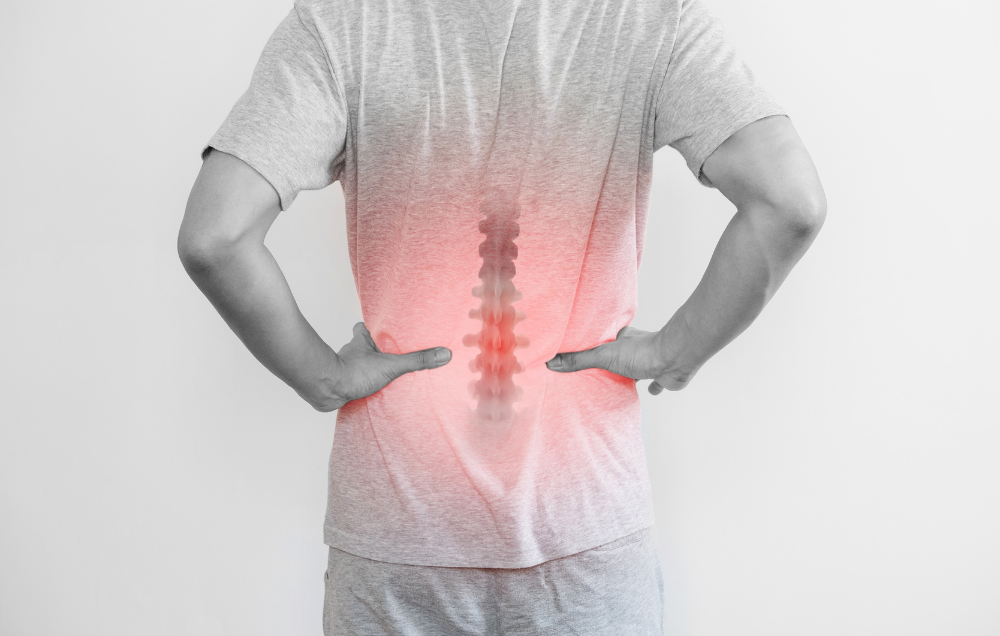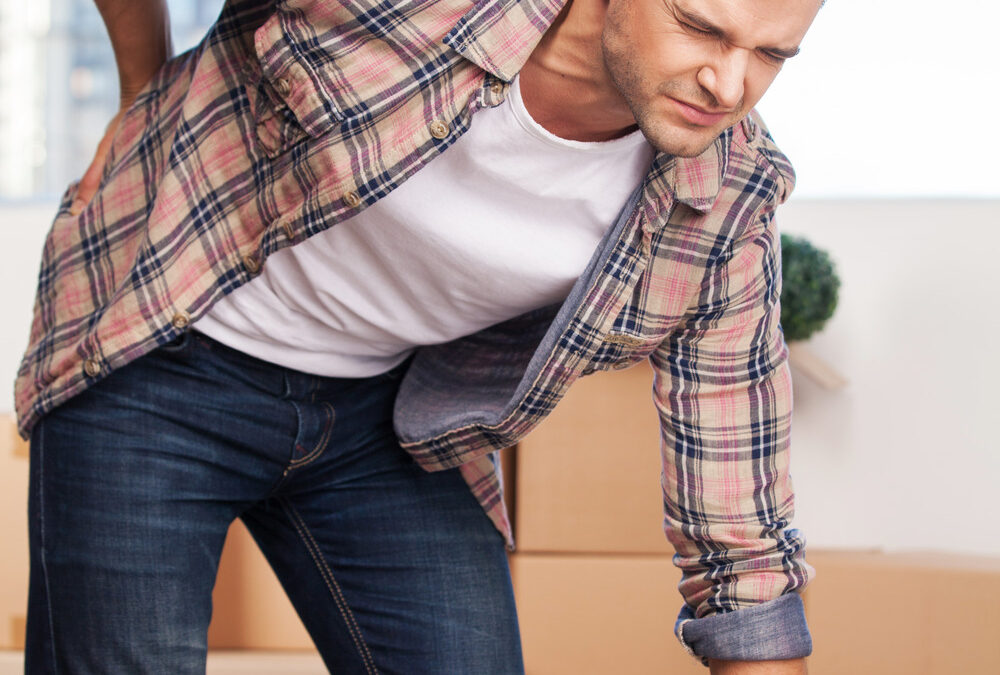Contents
It’s normal for the spinal canal to narrow a bit with aging, which is called spinal stenosis. Some people develop symptoms as it progresses, and any movement that irritates the affected area can be very painful. Getting enough exercise is important to maintain your overall health, but not all exercises are safe for people with this condition.
This article will outline exercises for people with spinal stenosis to avoid and a few exercises that are generally safe. When you meet with your physical therapist, ask them about specific exercises to support your spine or modifications to make your workouts safer.
What is spinal stenosis?
Spinal stenosis is the narrowing of spinal canals caused by degenerative changes over time. Discs will flatten out as part of the normal aging process, and bone spurs can form with pressure and friction. Once these spaces become narrow and increase pressure on spinal nerves, patients can experience pain, numbness, tingling or weakness in the spine or limbs and extremities in affected areas. In extreme cases, spinal stenosis can cause difficulties with balance and motor function.
Problems with spinal stenosis are relatively rare — some people have it but don’t experience any symptoms. Approximately 250,000 to 500,000 U.S. residents have symptoms of spinal stenosis, or about 1 per 1000 people older than 65 and about 5 of every 1000 people over 50.
There are no known risk factors besides age to predict exactly who will get spinal stenosis. We do know that smoking and drinking excessively both cause damage to bones and tissue over the long term that can contribute to the condition. Poor posture is another culprit that can make things worse. Be sure to sit or stand with your shoulders back and take frequent breaks to stand up if you’re sitting at a desk all day. If you’re having symptoms, it’s important to tell your doctor or physical therapist.
9 exercises to avoid with spinal stenosis
If you know you have spinal stenosis and you’re experiencing symptoms, it’s still important to get some exercise. Just as high-impact exercises can make spinal stenosis symptoms worse, long periods of inactivity can also aggravate spinal stenosis.
“High-impact exercise” includes more than contact sports like football or basketball. Any activities that involve running, jumping or climbing can cause damage or increase your pain. Some exercises with repetitive motions like Pilates, bowling or tennis can exacerbate spinal stenosis. Lifting heavy weights with a rounded back puts pressure on the lower part of the spine, so people with lumbar spinal stenosis should avoid these exercises.
The location of your spinal stenosis will determine other types of exercise to avoid. Cervical spinal stenosis will affect the arms, neck and head while lumbar spinal stenosis will affect the hips and legs. Strength building and stretching exercises like weightlifting or yoga can still be safe, but you may need to talk to your PT about modifying them depending on where you have spinal stenosis.
Here are some exercises that people with spinal stenosis should avoid:
- Running.
- High-impact exercises.
- Exercises with repetitive motions.
- Dead lifts.
- Exercises that only flex your spine forward.
- Back extensions.
- Toe touches.
- Some stretches and yoga poses.
- Long walks.
Safe exercises for people with spinal stenosis
Getting a moderate level of low-impact exercise is actually good for spinal stenosis. Increasing your overall strength and flexibility will even out the pressure on your spine, improving your alignment. Keep in mind that people with spinal stenosis should avoid exercising for too long. Shorter walks and workouts are generally more beneficial, but you can ask your physical therapist about what will work best for your condition.
Exercises like walking, swimming, aquatic therapy, yoga and stationary cycling are good options for people with spinal stenosis. Anything that builds core and hip strength will improve spinal support, but be careful not to put too much weight on your back. Your physical therapist can show you exercises that will build support and open up your spinal canal in just the right places.
See a PT for spinal stenosis at Lattimore Physical Therapy
Seeing a physical therapist is recommended for people with spinal stenosis. Our specialists use a variety of gentle techniques to improve musculoskeletal function. Your therapist will be able to advise you on exercises that are safe and effective to limit your spinal stenosis symptoms and what exercises you should avoid. Regular check-ins with your therapist are critical for monitoring your spinal stenosis and adjusting your workout routines as your condition changes.
Contact our team today for more information or to schedule an initial appointment.



